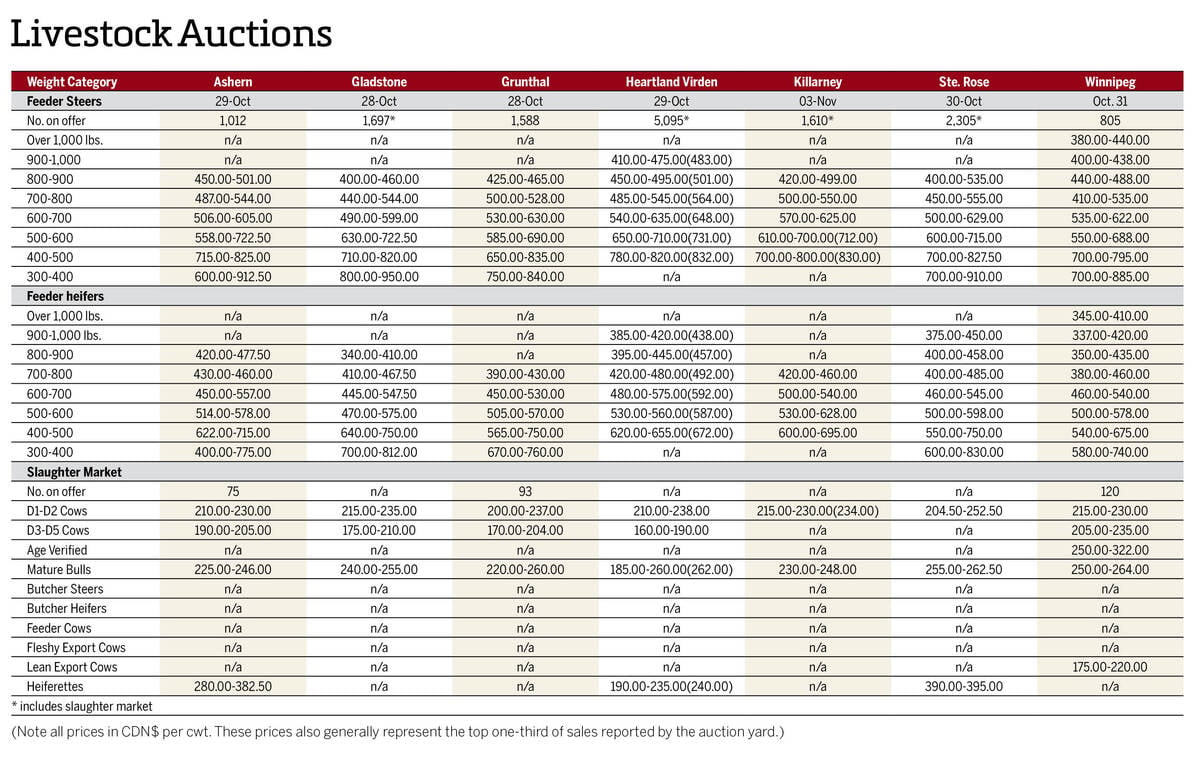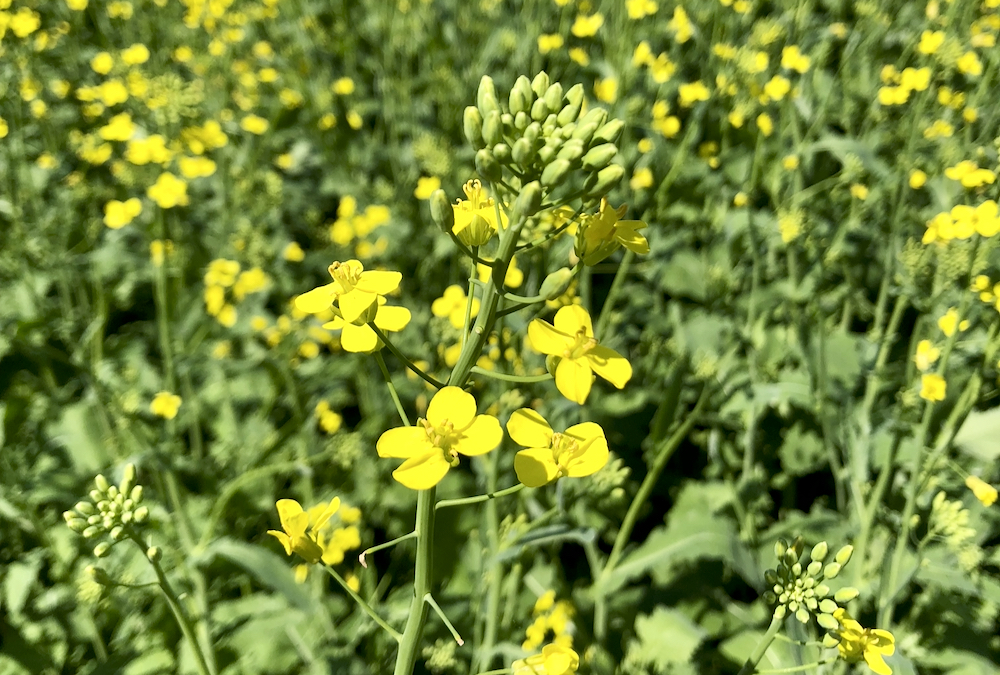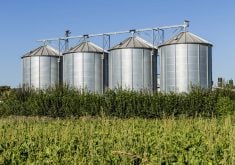Canada’s canola crop is still some time away from harvest, with plenty of opportunities for a weather scare to materialize. However, relatively benign conditions for the time being were enough to weigh on the futures during the week ended July 22. Prices fell below psychological support to their softest levels in six months.
The November contract settled below $800 per tonne for the first time since January, with the next level of support not seen until $750 per tonne. Two years ago, canola at $750 would be unprecedentedly high, but after experiencing values above $1,000 over the past year, that level no longer looks so exciting.
There is an easy argument to make that canola was due for a correction, especially as broader inflation and recession fears have weighed on other agricultural commodities. Speculators were holding onto incredibly large net long positions in the grains and oilseeds and were bailing out of those positions — including canola — and booking profits.
Read Also

Manitoba cattle prices, Nov. 4
Manitoba cattle sale prices for the week of Oct. 28 to Nov. 4, 2025.
The generally favourable prairie weather after last year’s drought is the icing on the bearish cake for canola.
However, while an increase in production is all but guaranteed, the supply/demand balance for canola is still incredibly tight. That means more strength is possible, although the strength will be relative to what other vegetable oil markets do.
Agriculture and Agri-Food Canada released updated production estimates on July 21, pegging the 2022-23 Canadian canola crop at 18.4 million tonnes — an increase of nearly half a million tonnes from the June forecast as seeded area came in above earlier estimates.
While that would be well above the 12.6 million tonnes grown in 2021-22, the expected carryout remains historically tight at only 450,000 tonnes. That would be up by only 50,000 from the anticipated ending stocks for the current marketing year, which ends July 31.
Exports and the domestic crush are expected to increase with the availability of more canola. Anecdotally, the latest downturn has already led to plenty of talk about export business, although Canada’s lack of official reporting means those sales will not show up until long after completion.
In the United States, soybean and corn traders had their eyes focused on the weather forecasts, with increased chances of rain in the longer-range outlook and slightly more moderate temperatures enough to trigger some selling.
For wheat, the U.S. harvest continued to progress northward, keeping pressure on values. Uncertainty over talks between Russia, Turkey and Ukraine over opening a shipping corridor through the Black Sea kept some caution in the market, with a deal apparently struck by the end of the week.
Ukraine is sitting on about 25 million tonnes of grain waiting to be exported if the agreement holds, but it remains to be seen how much will actually move.
















